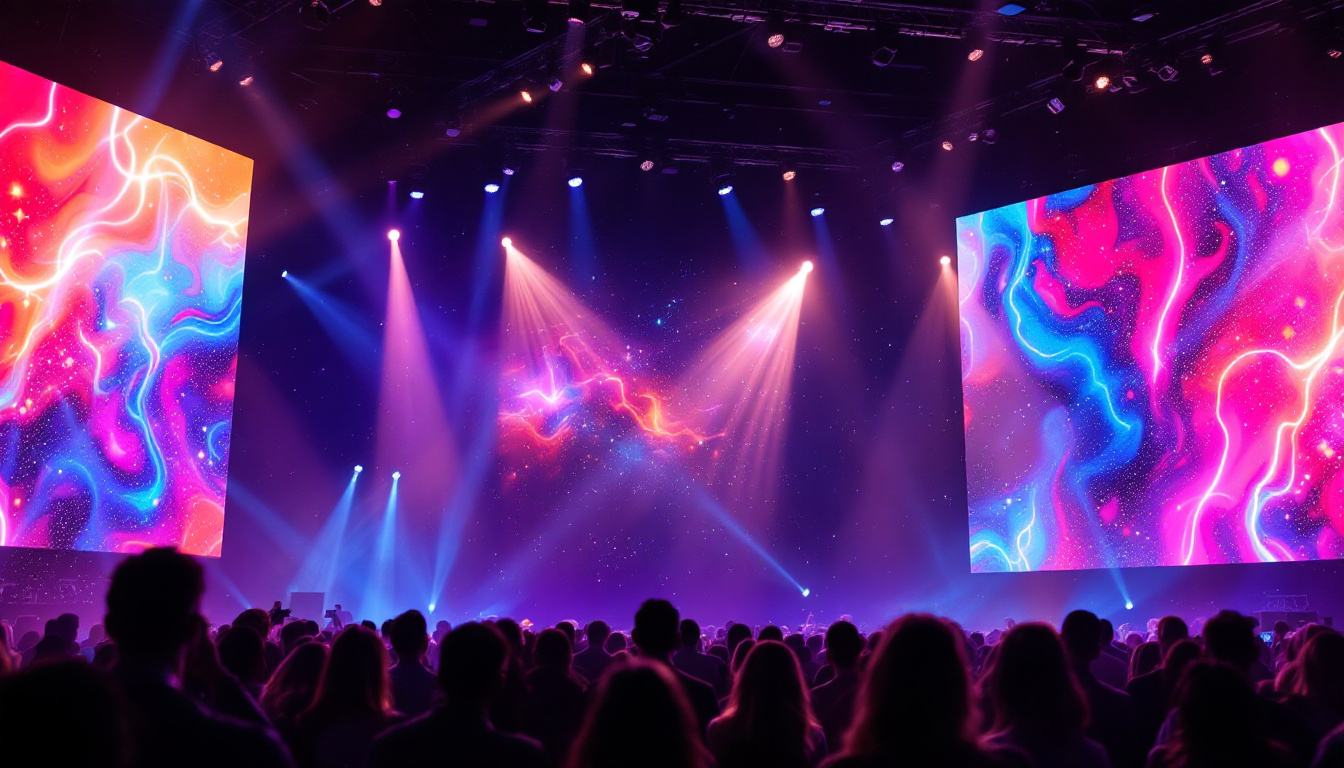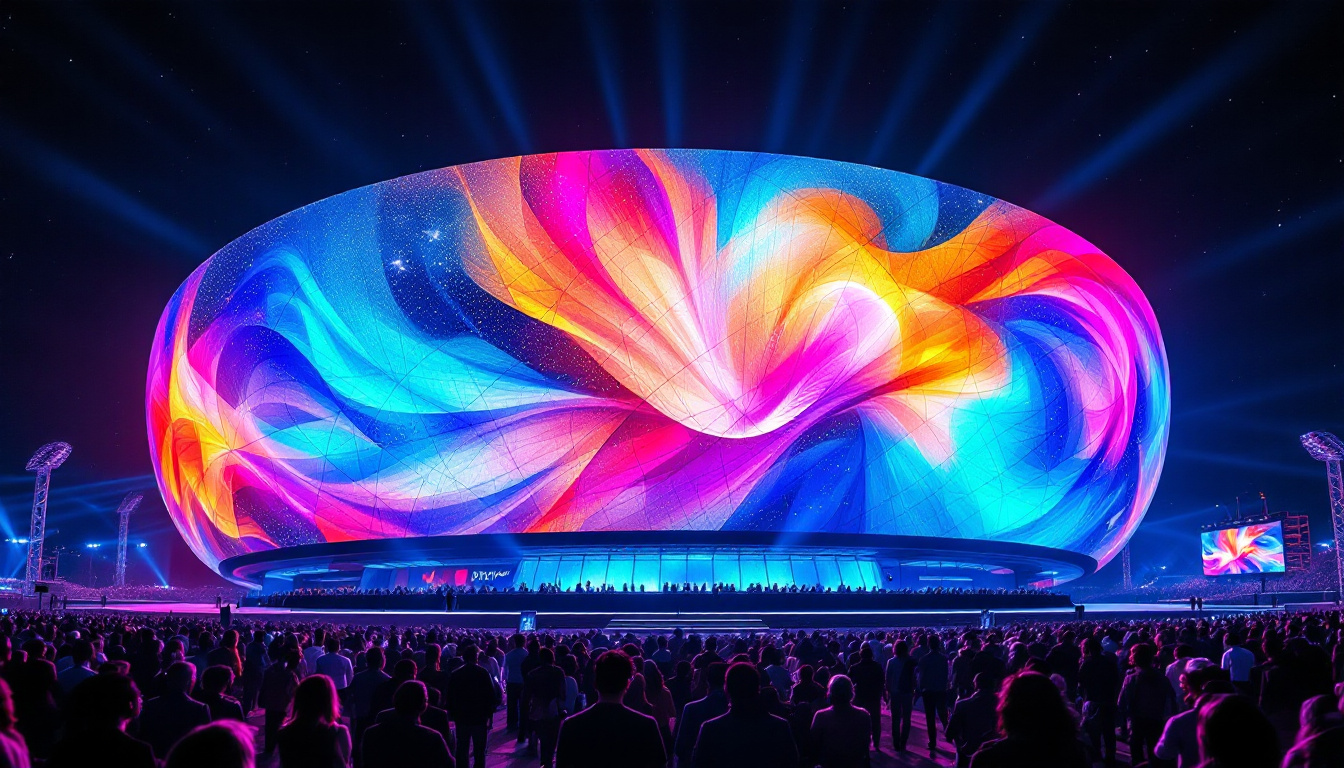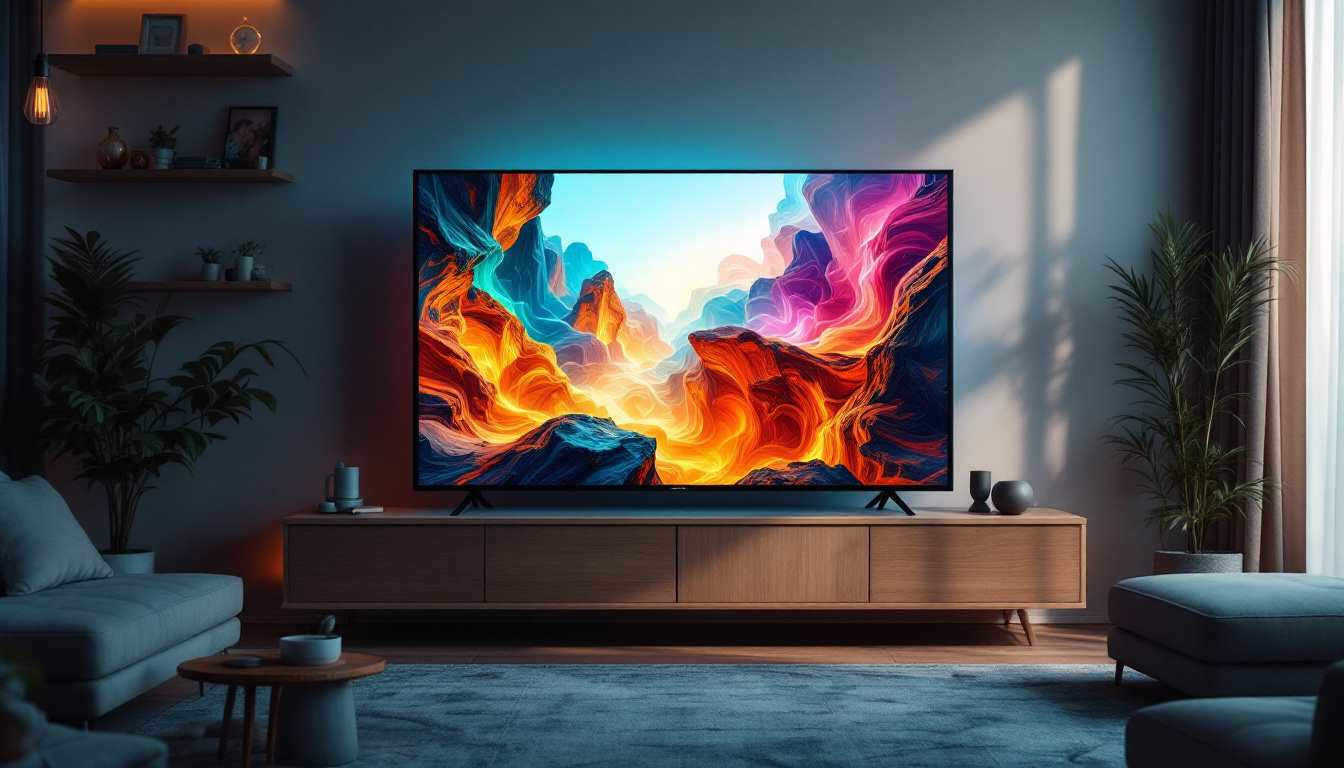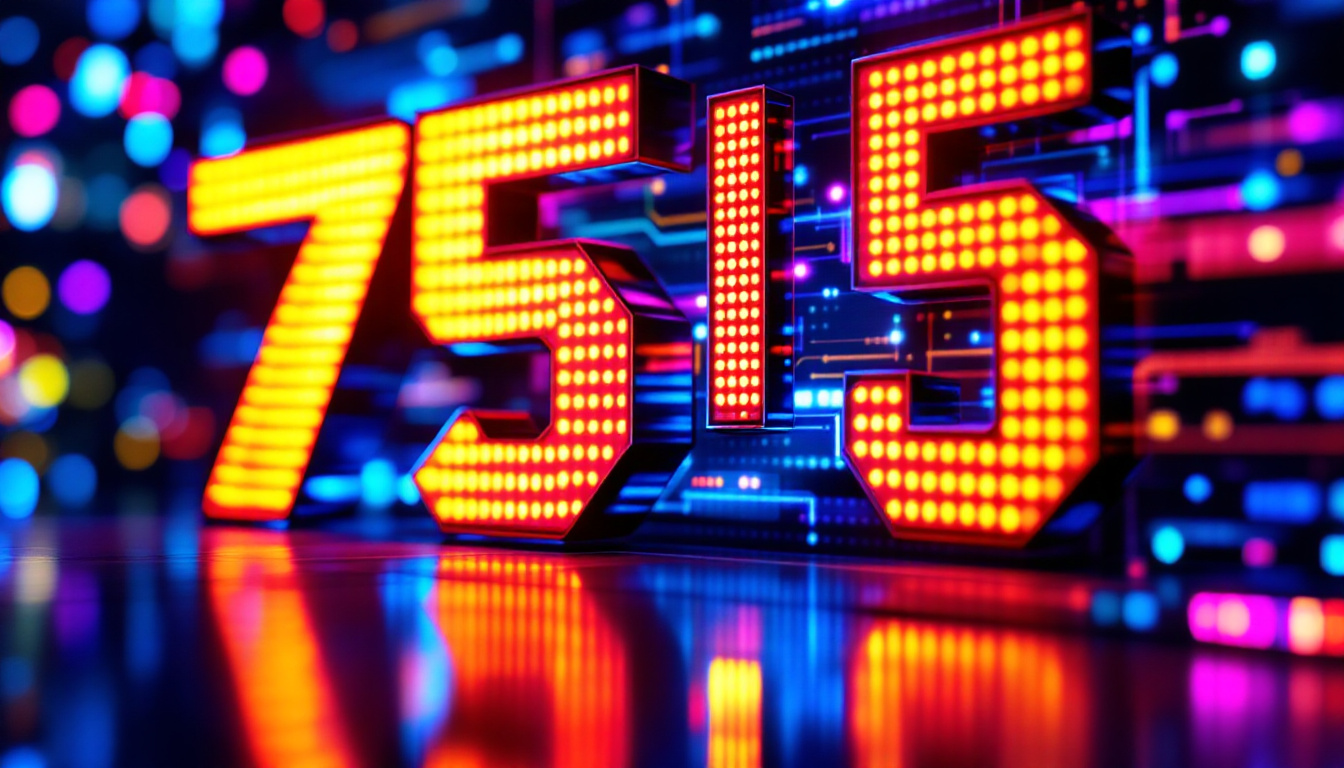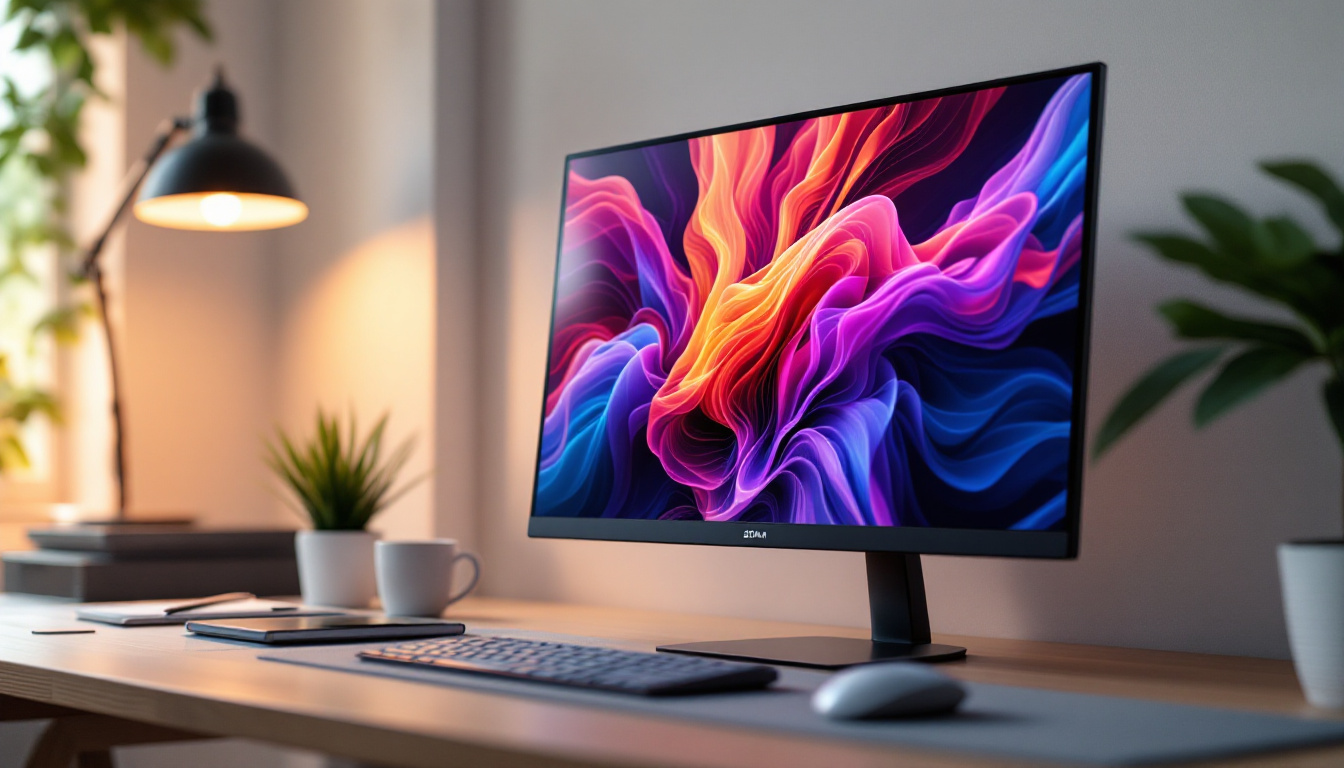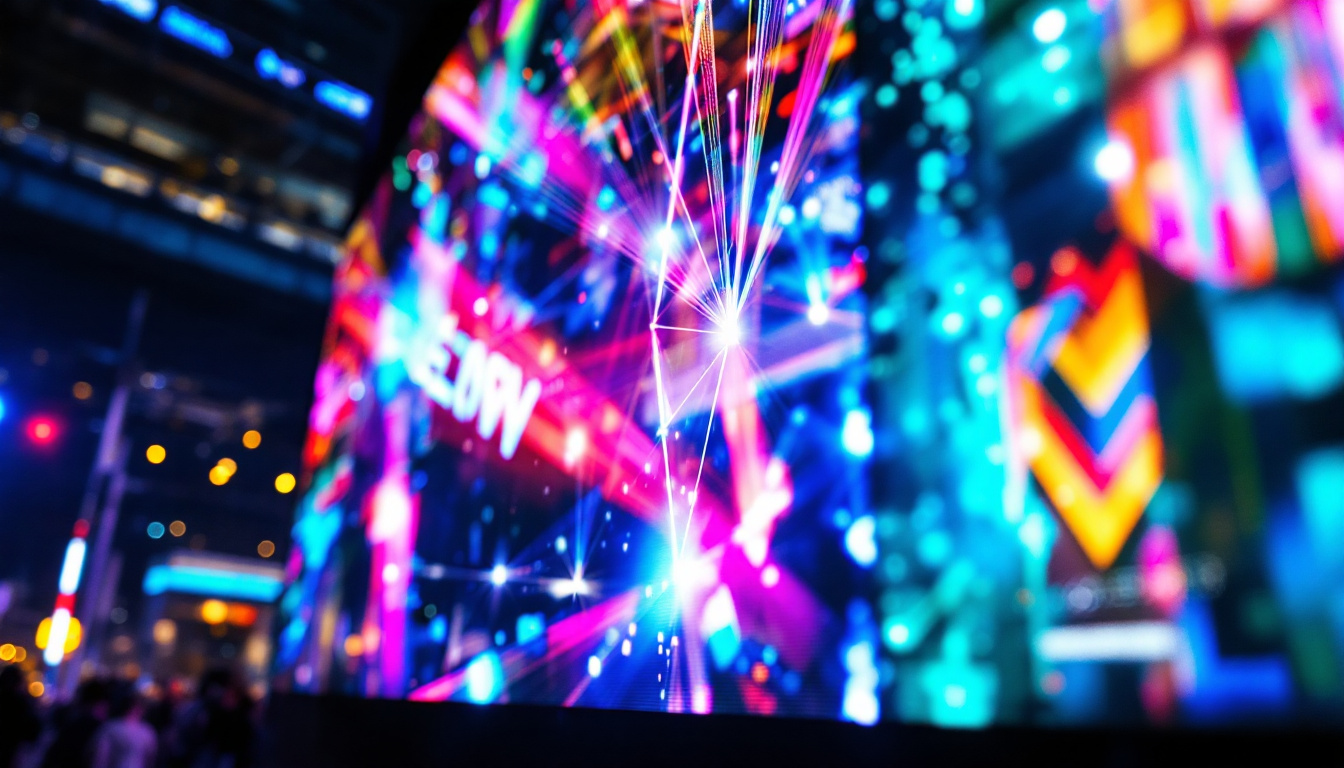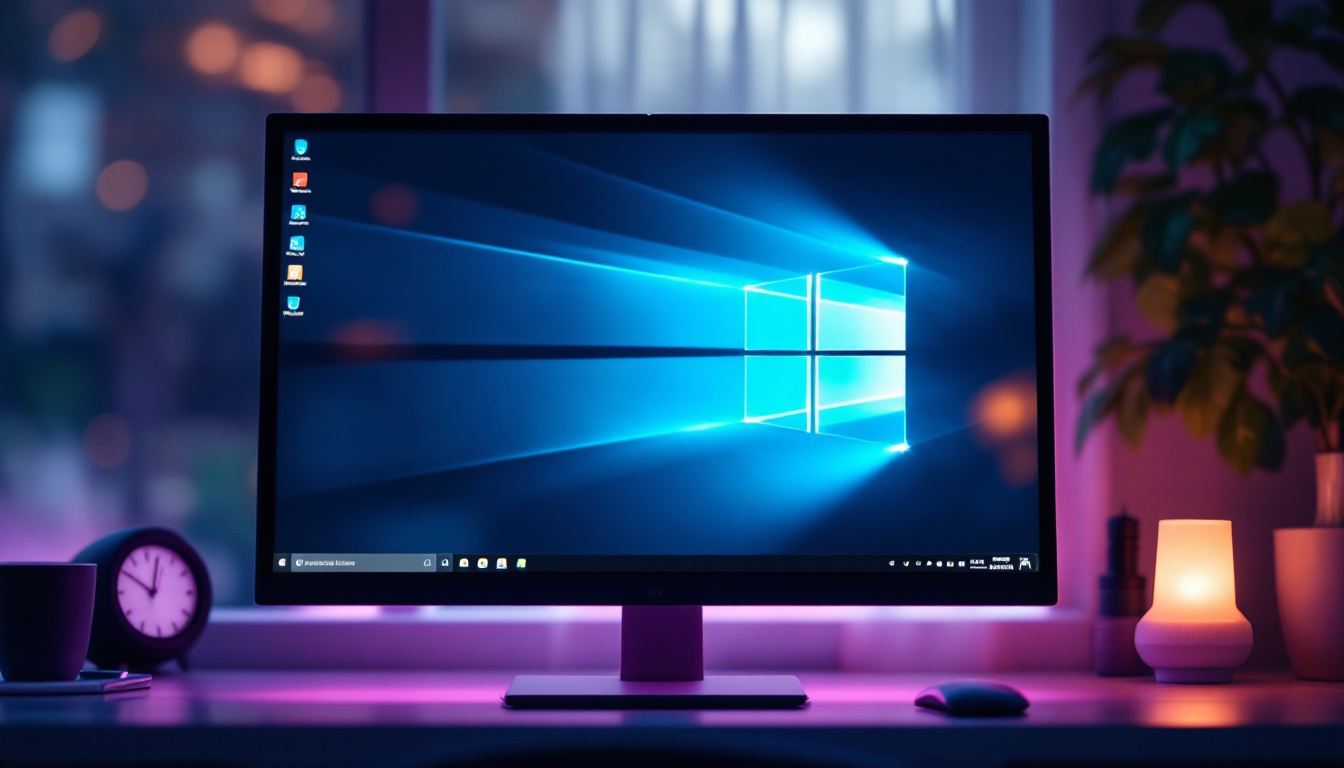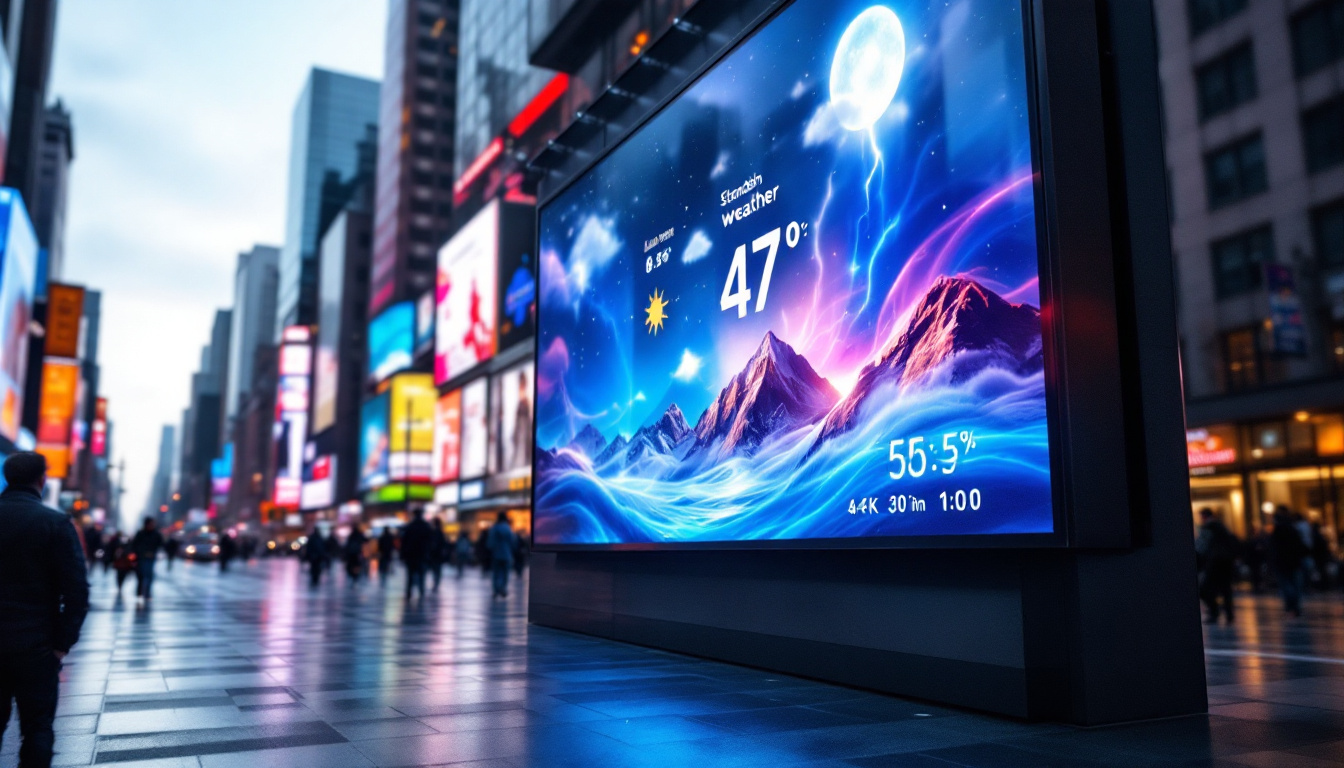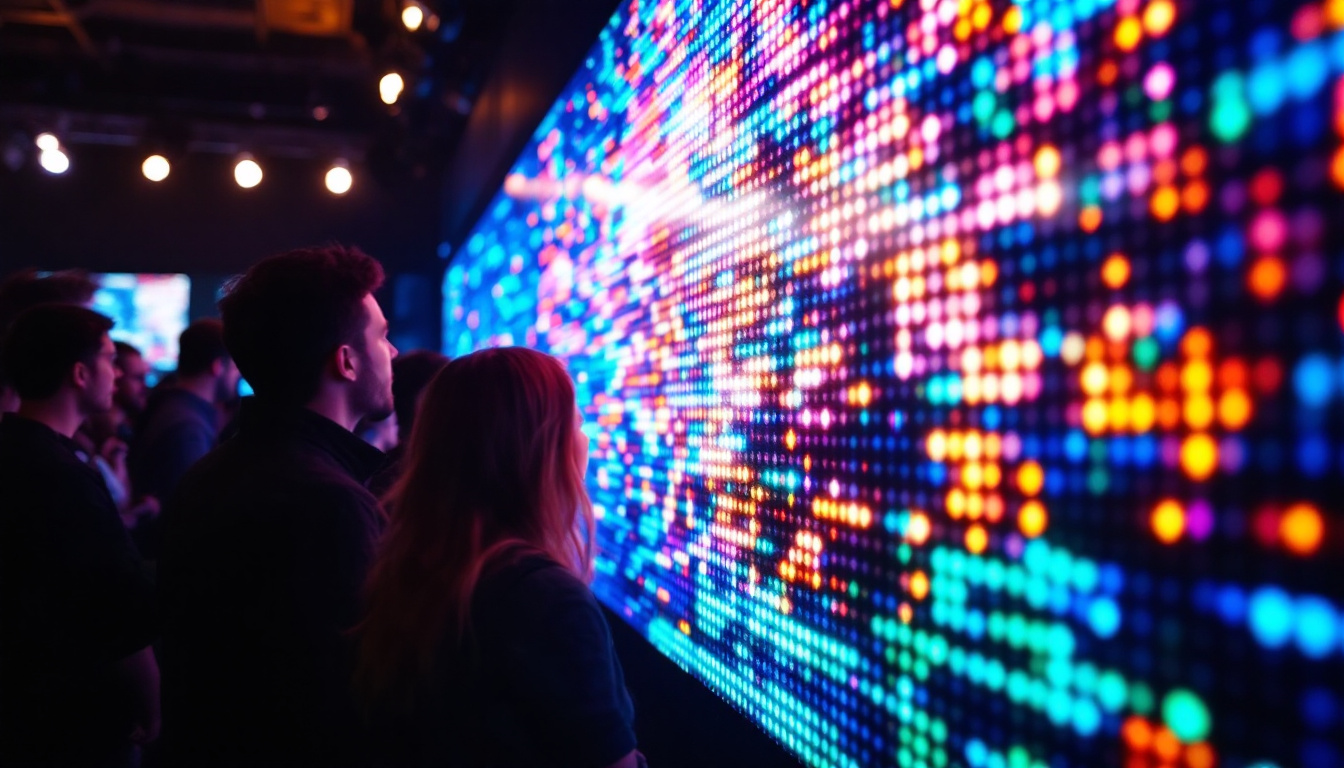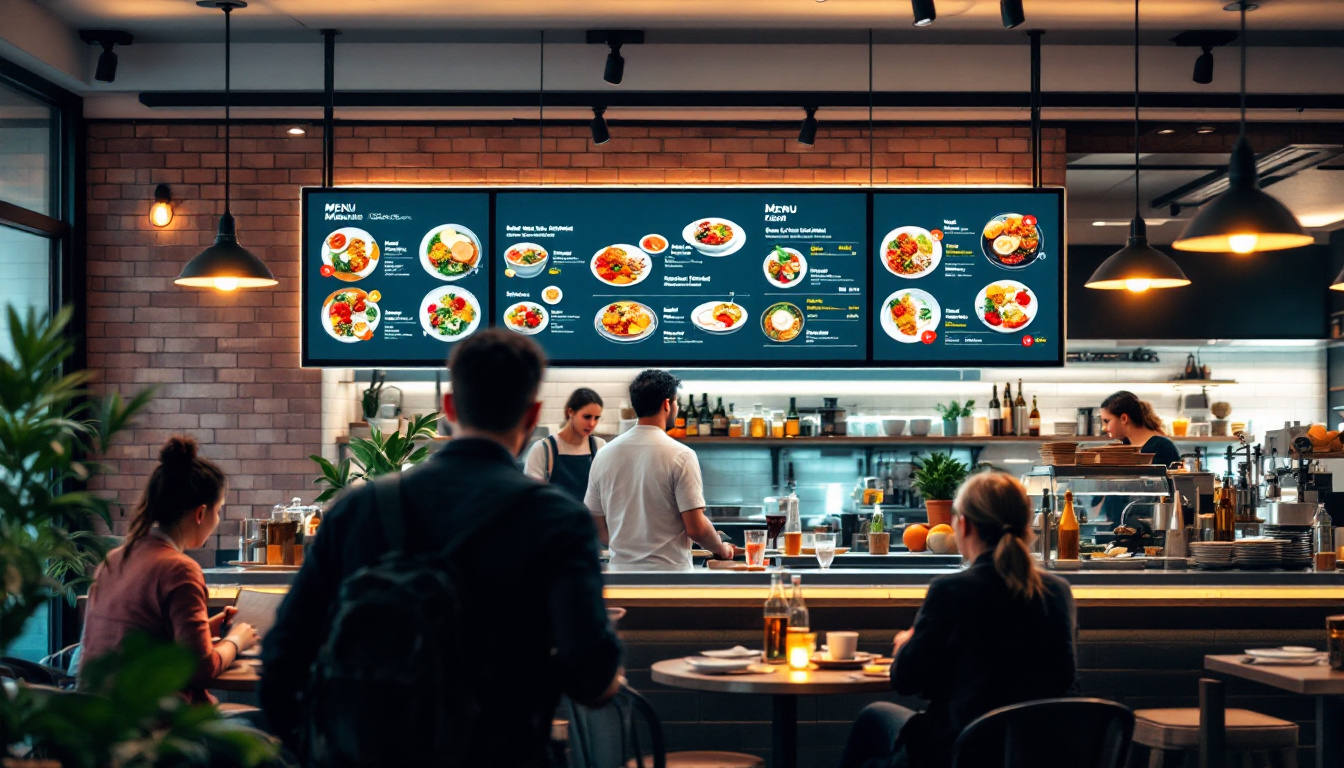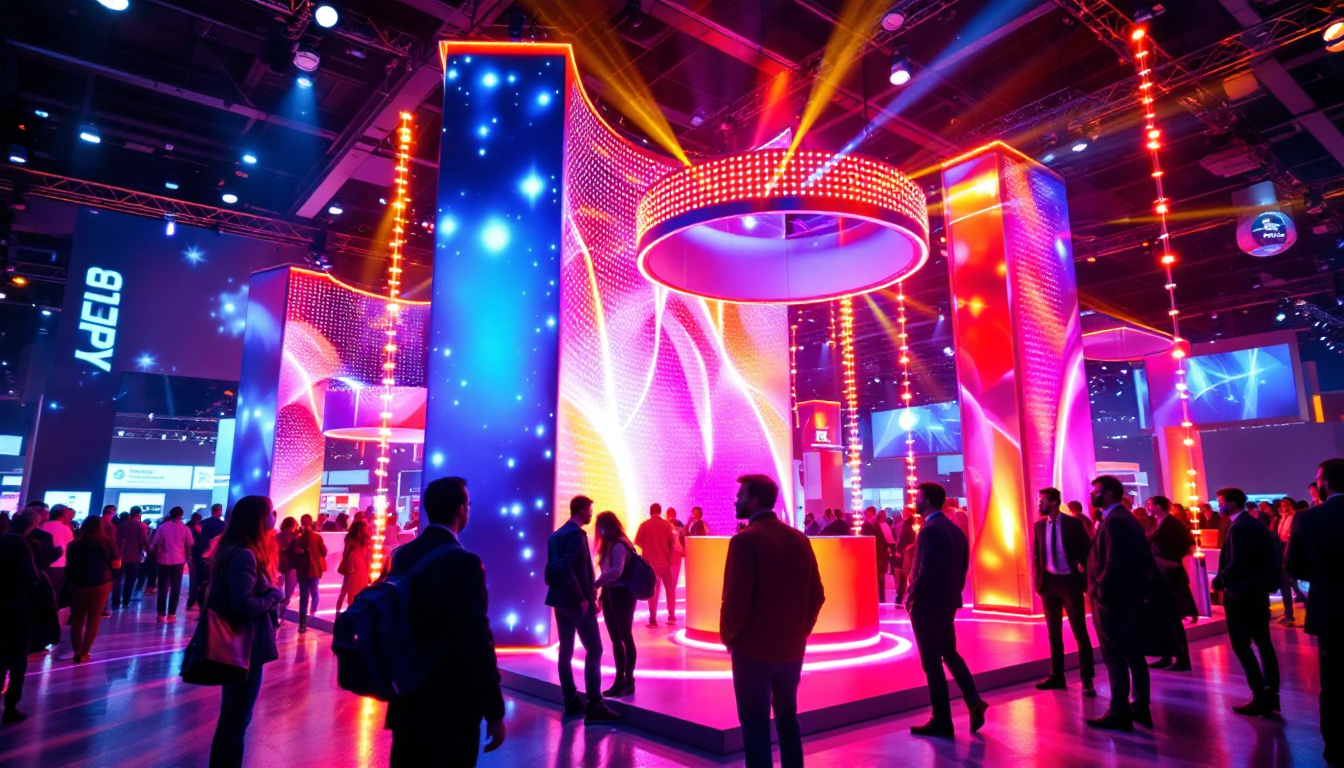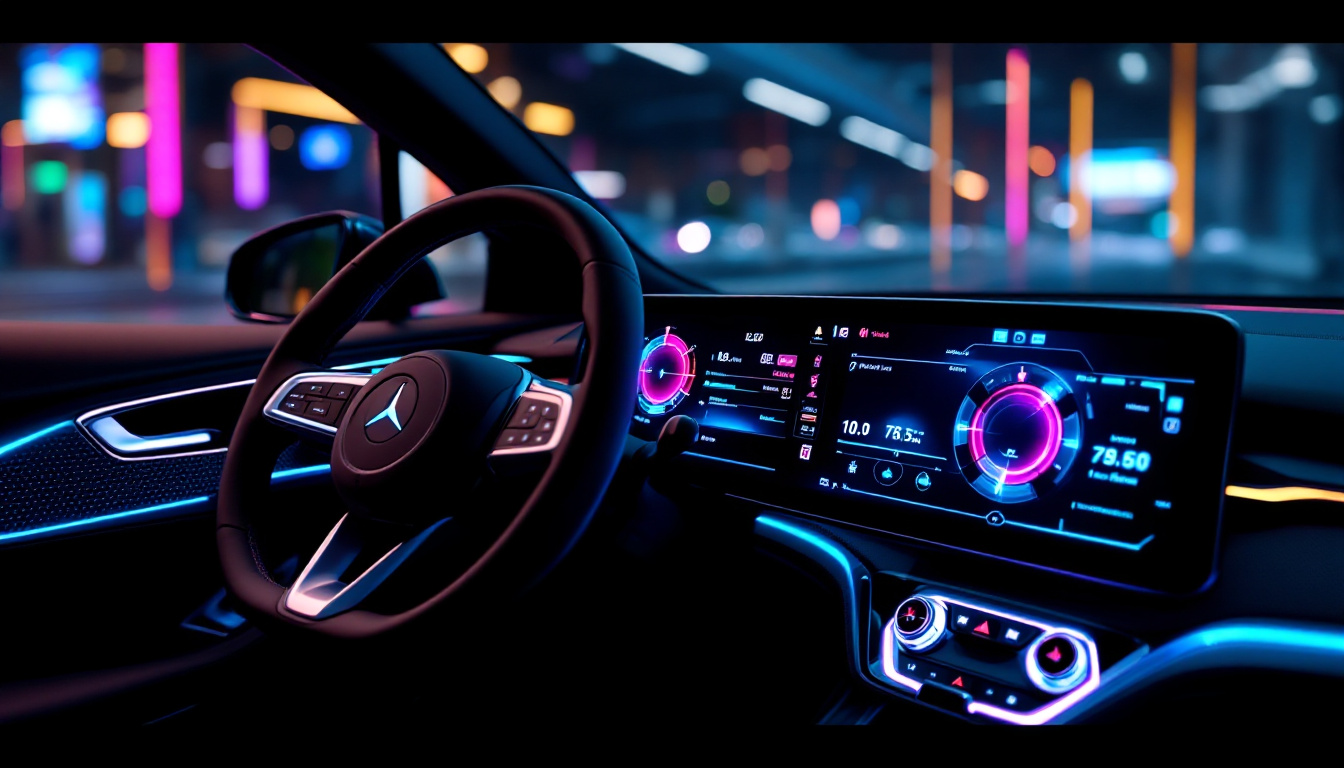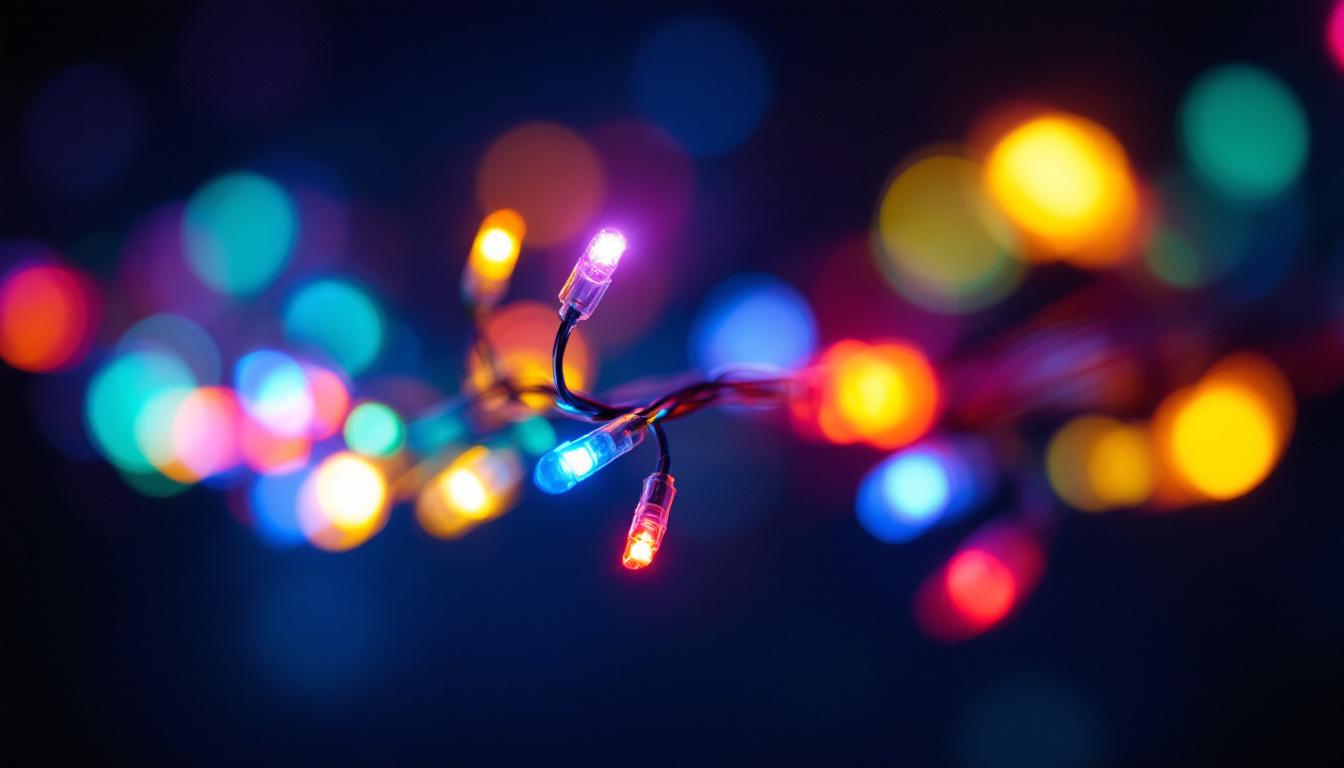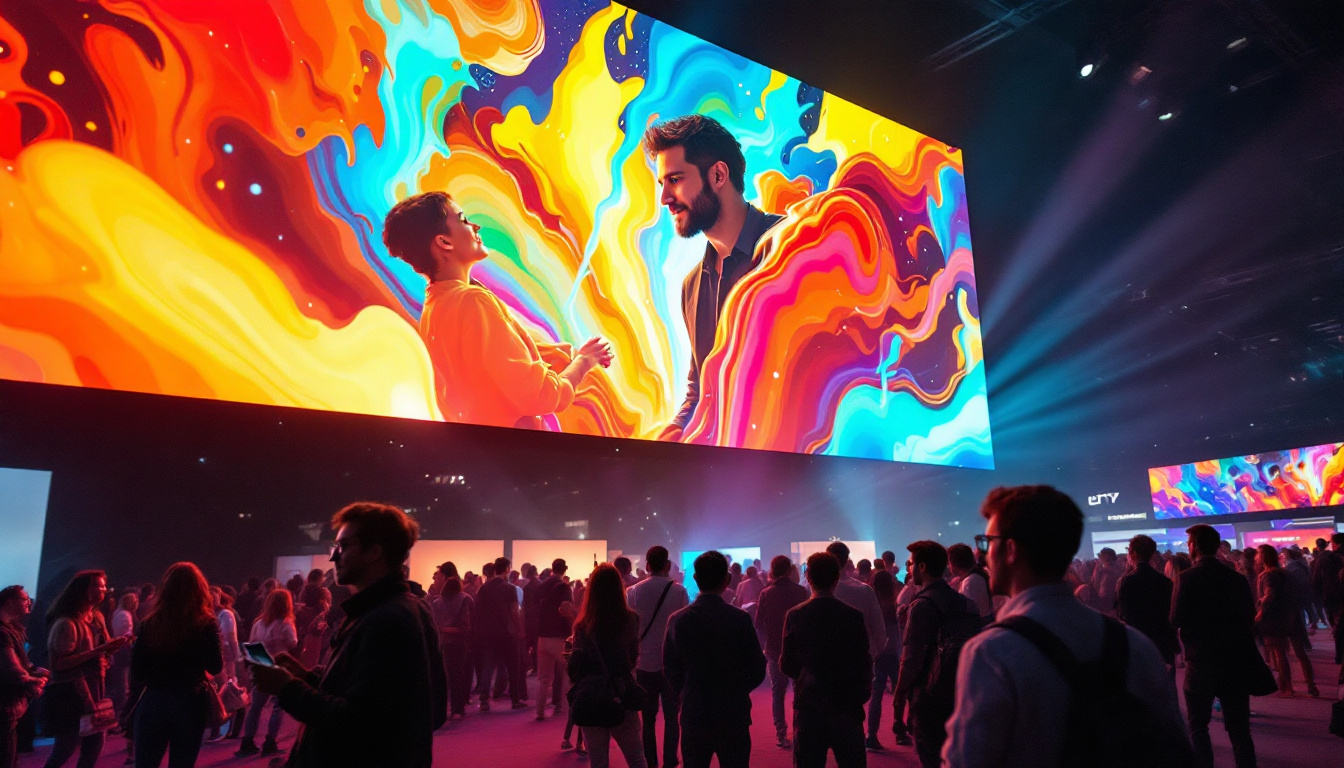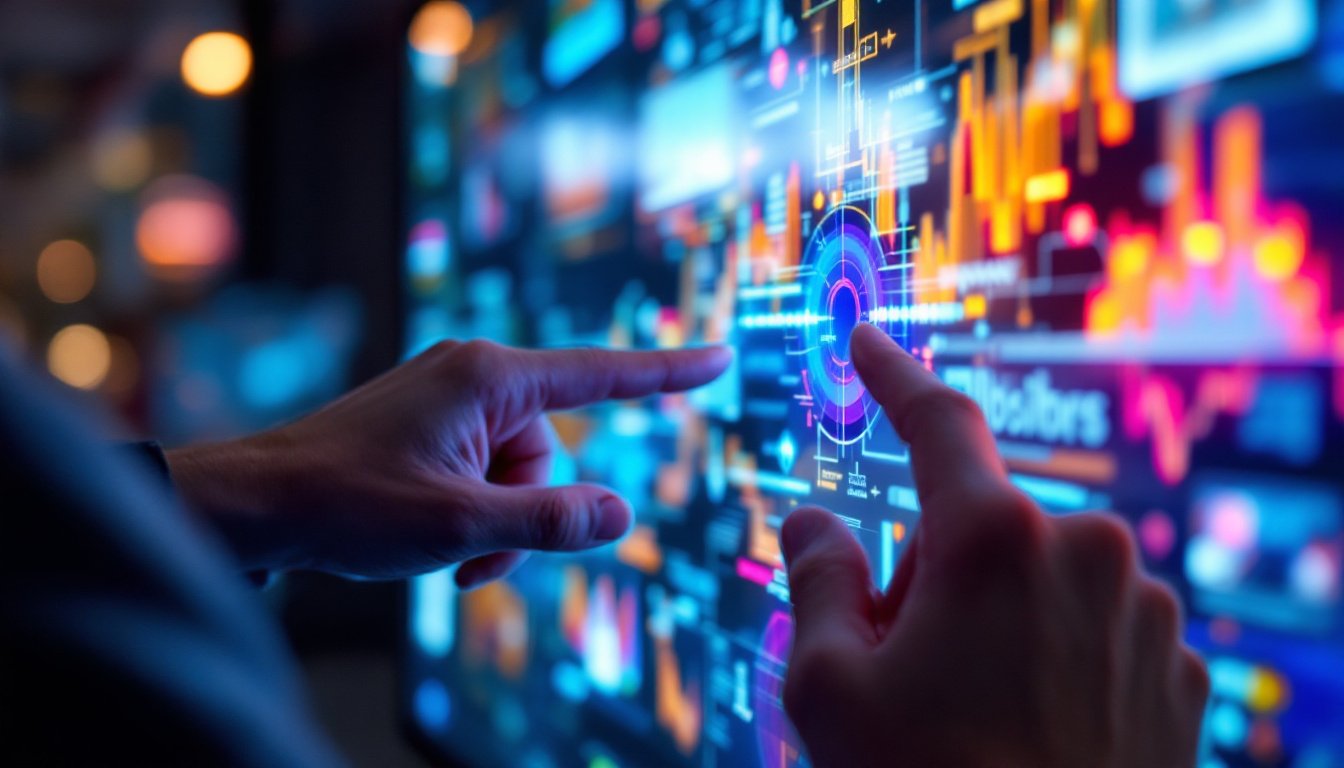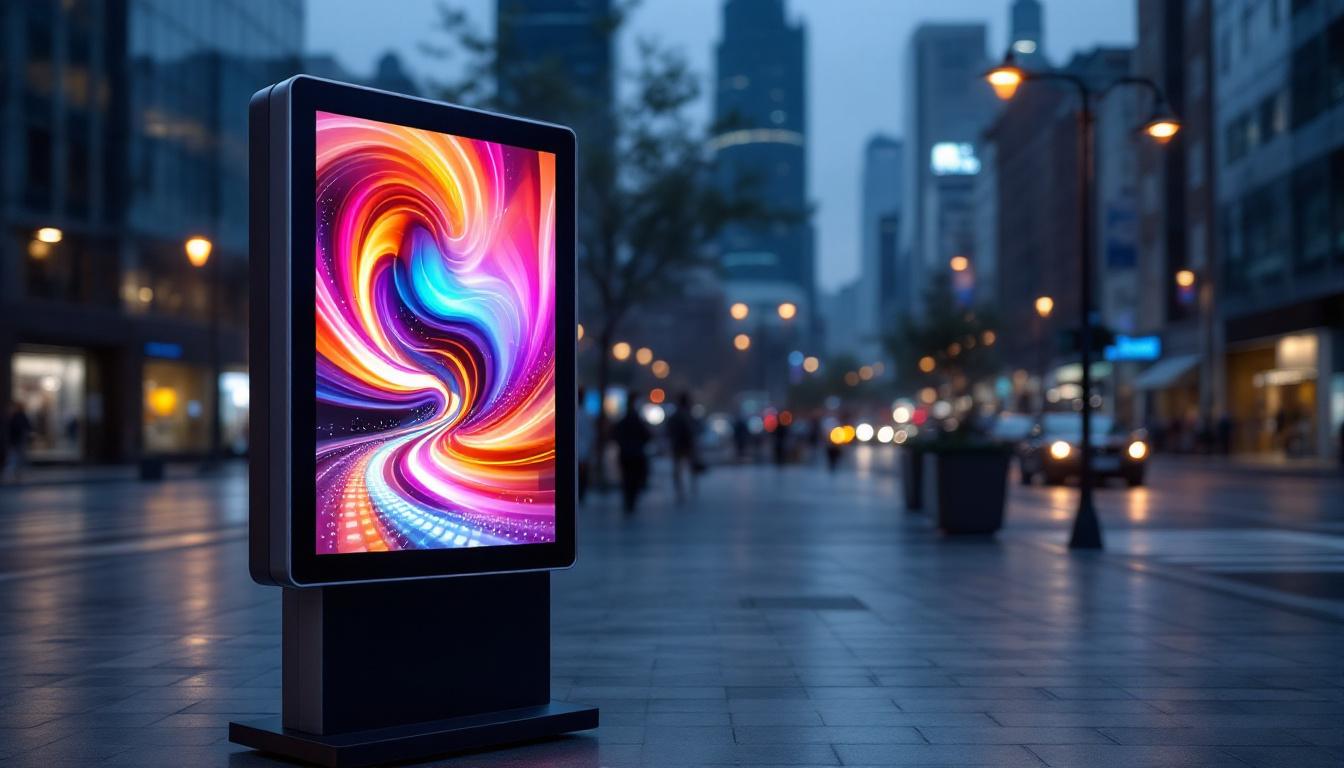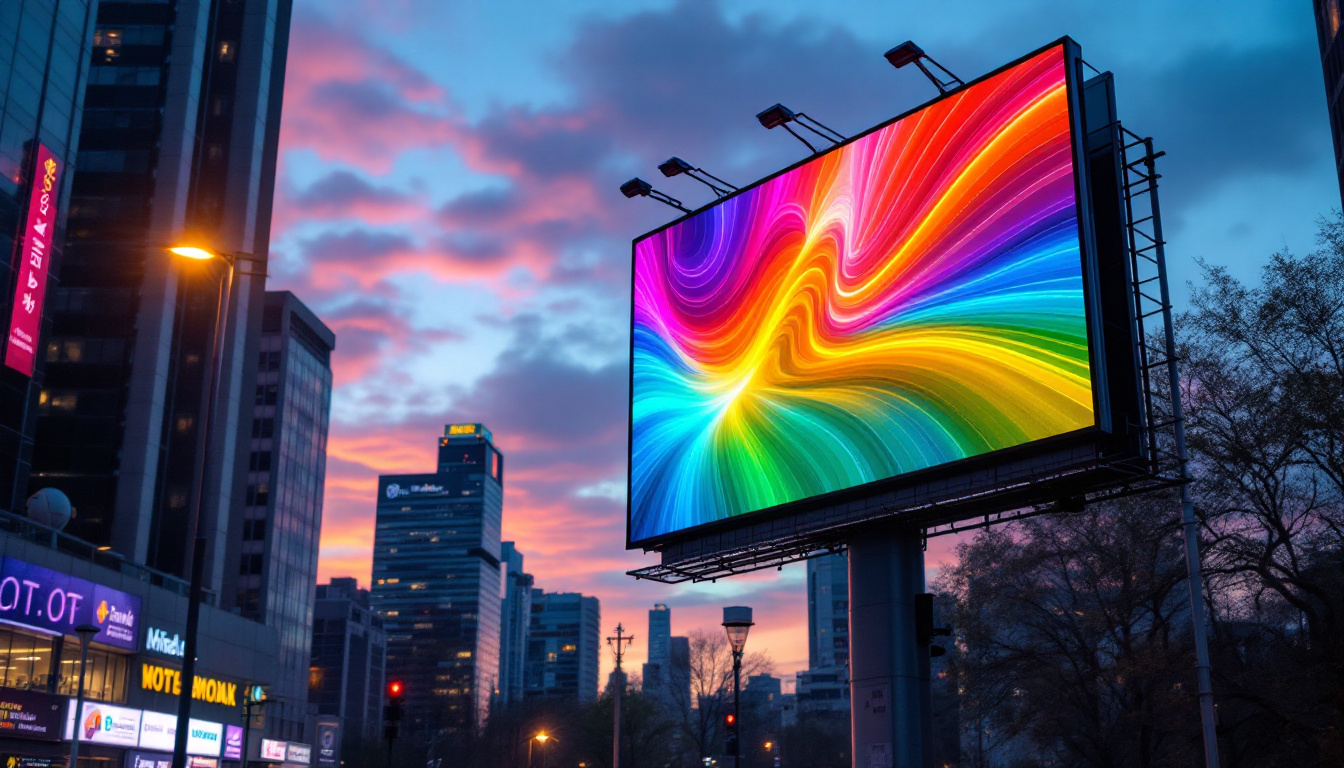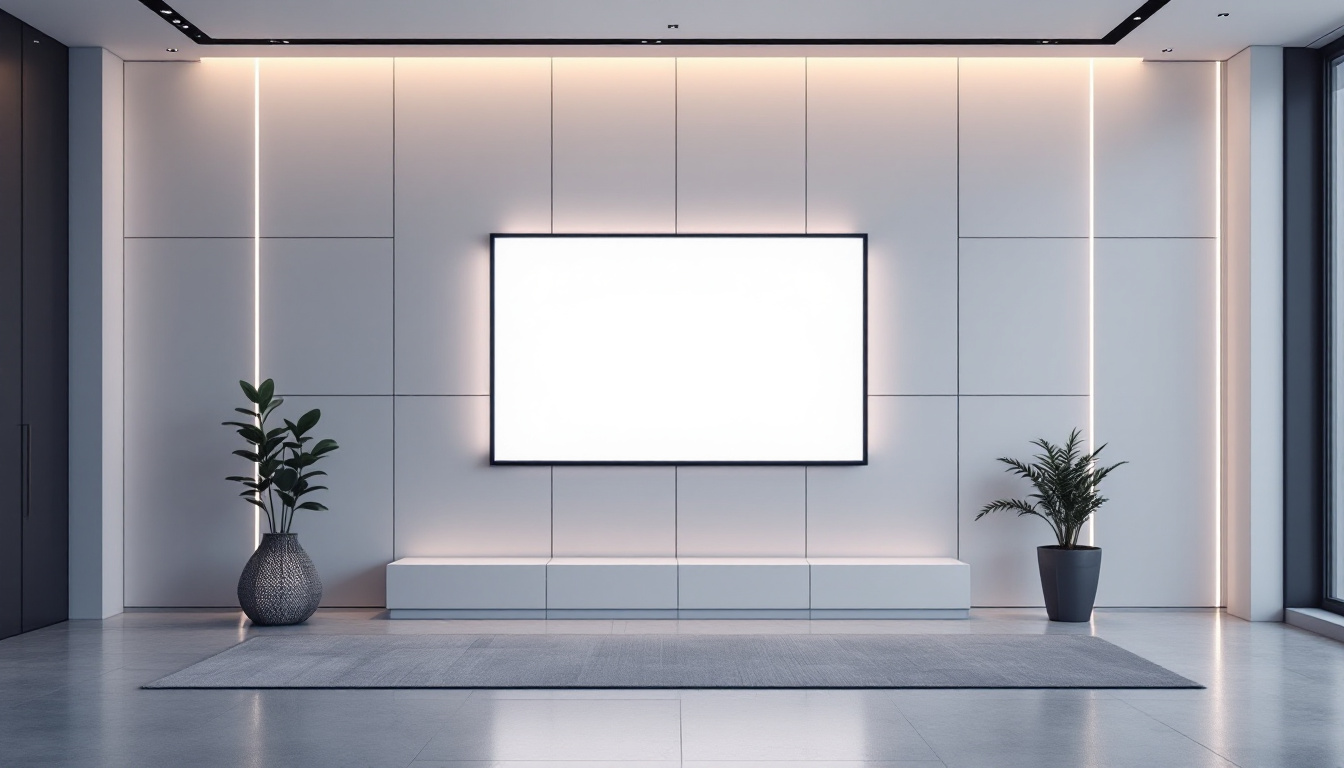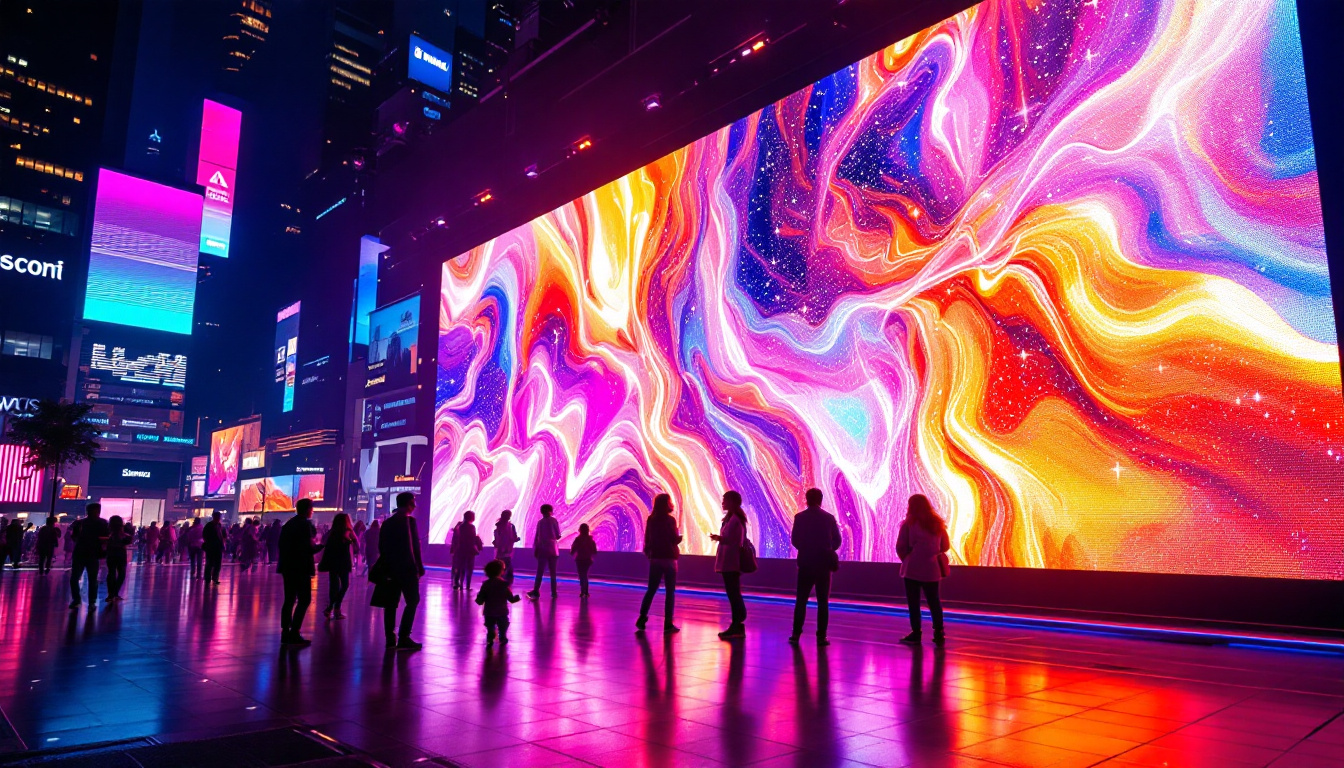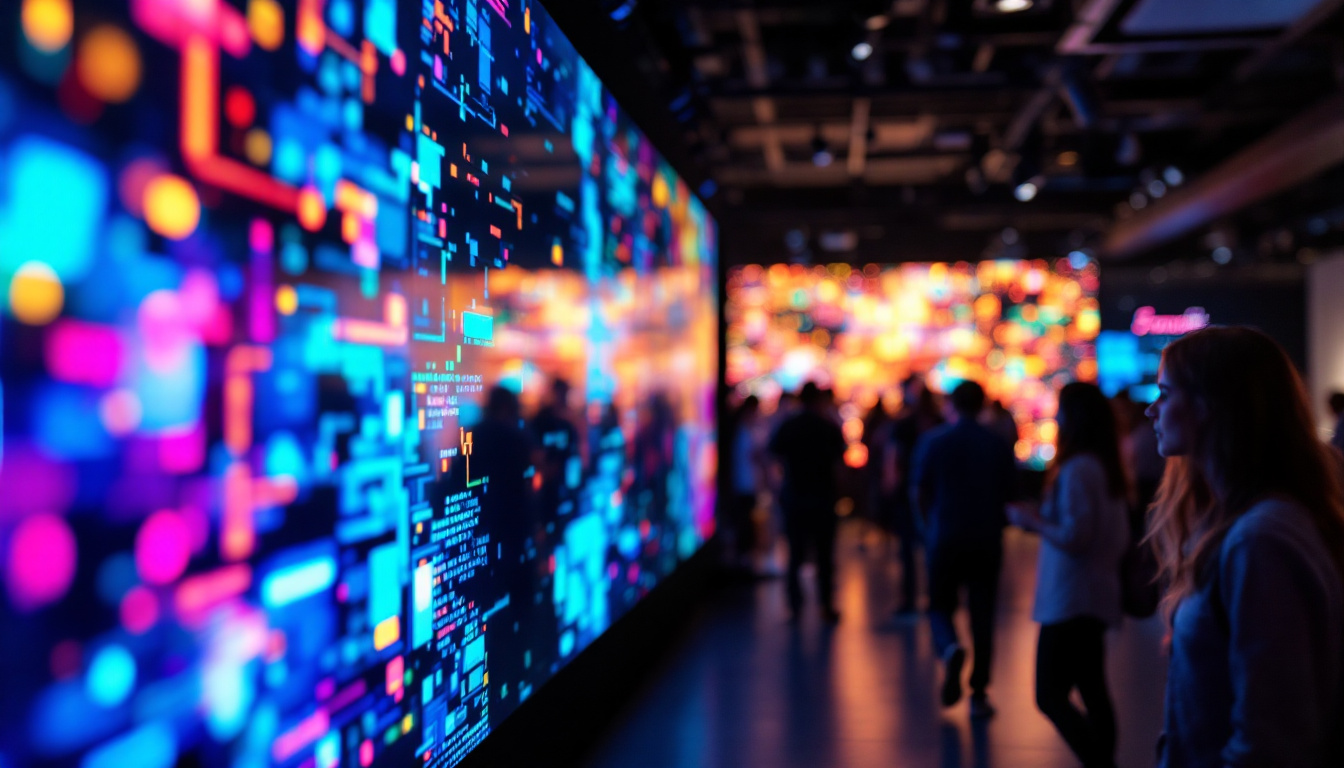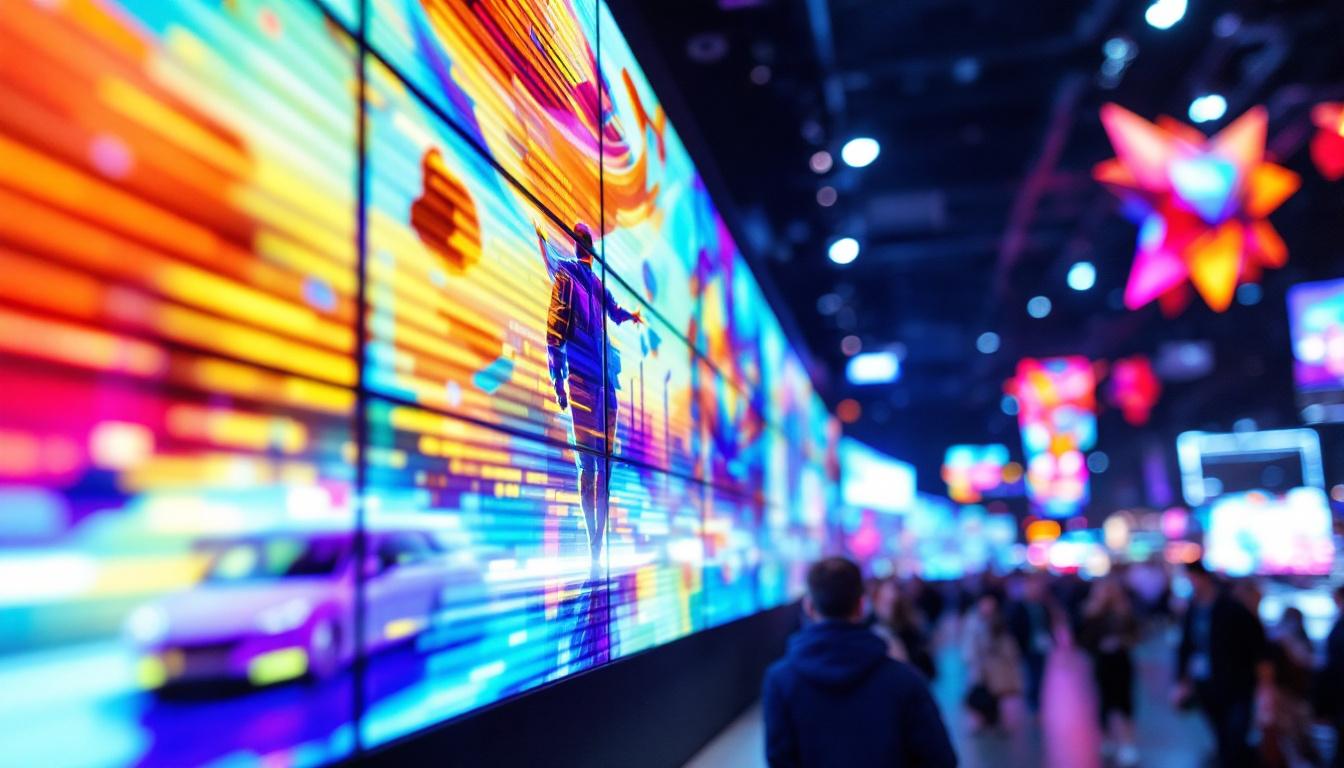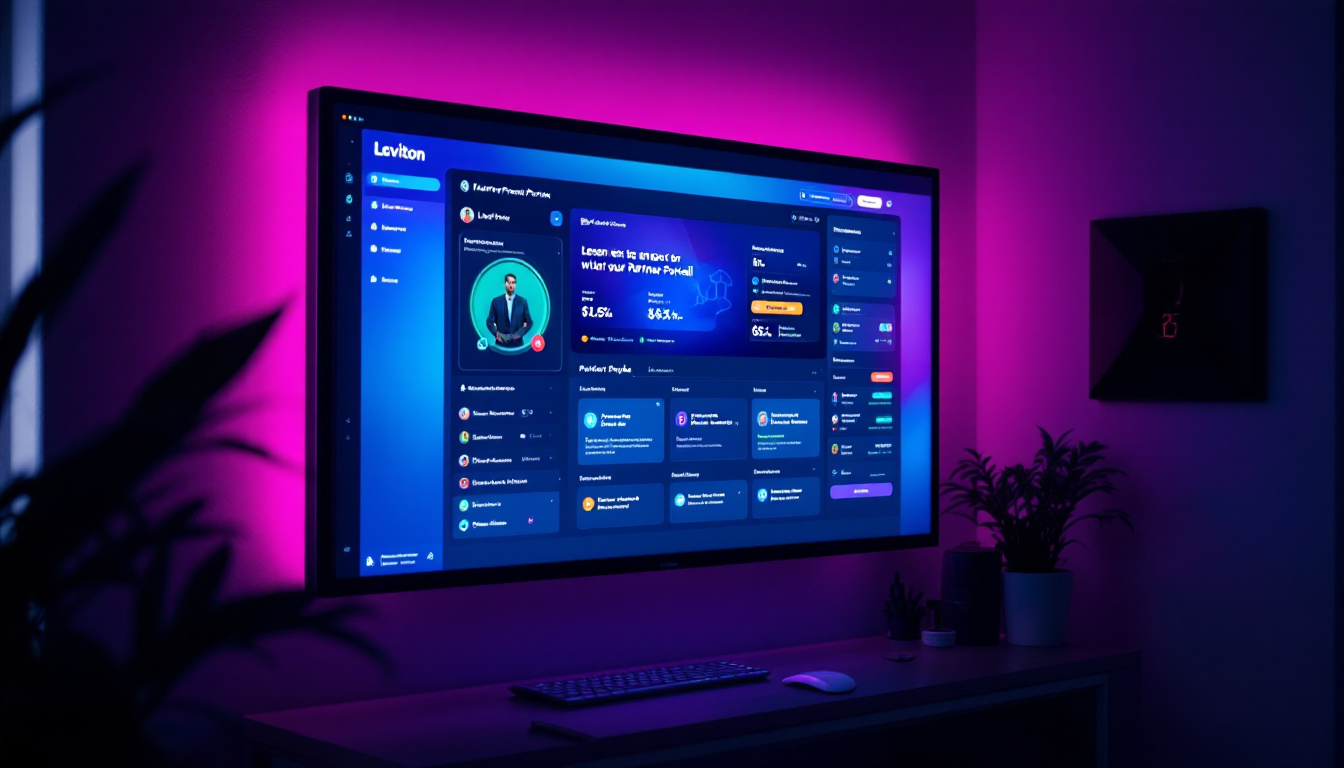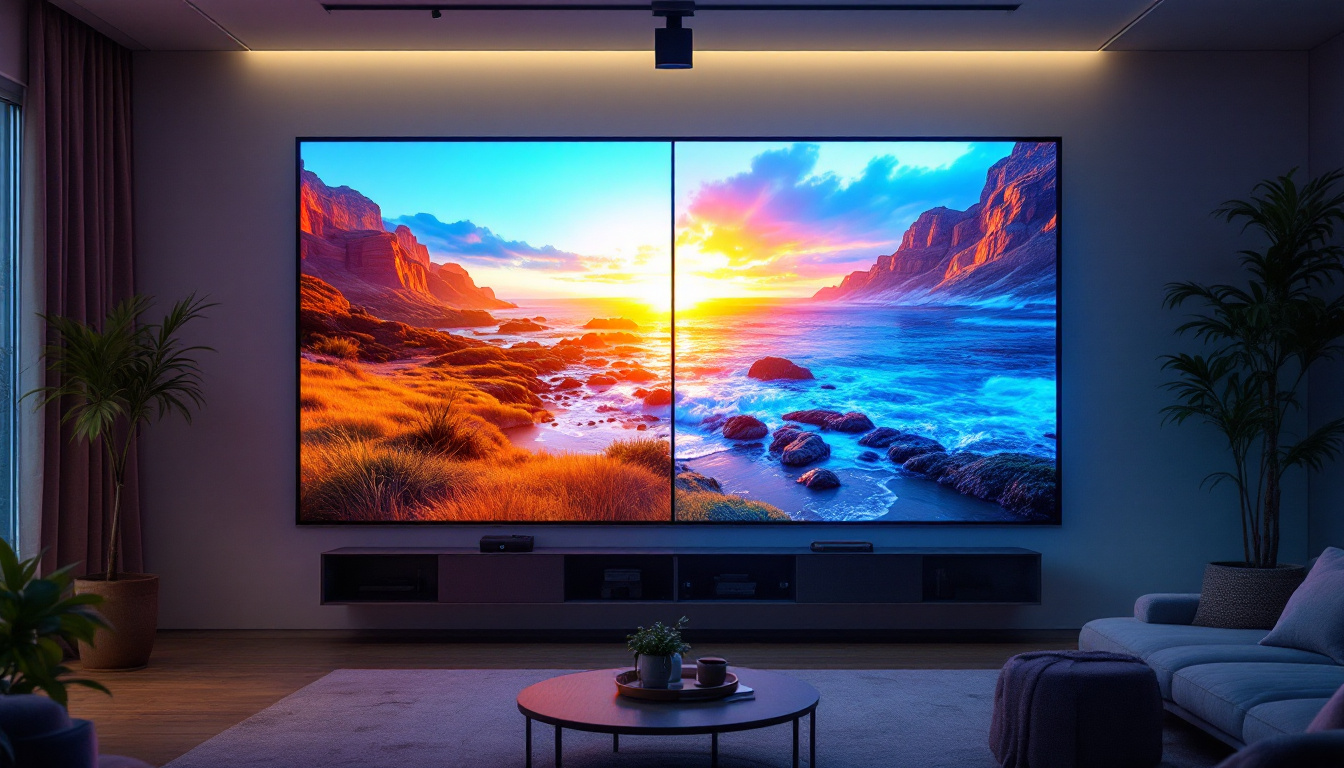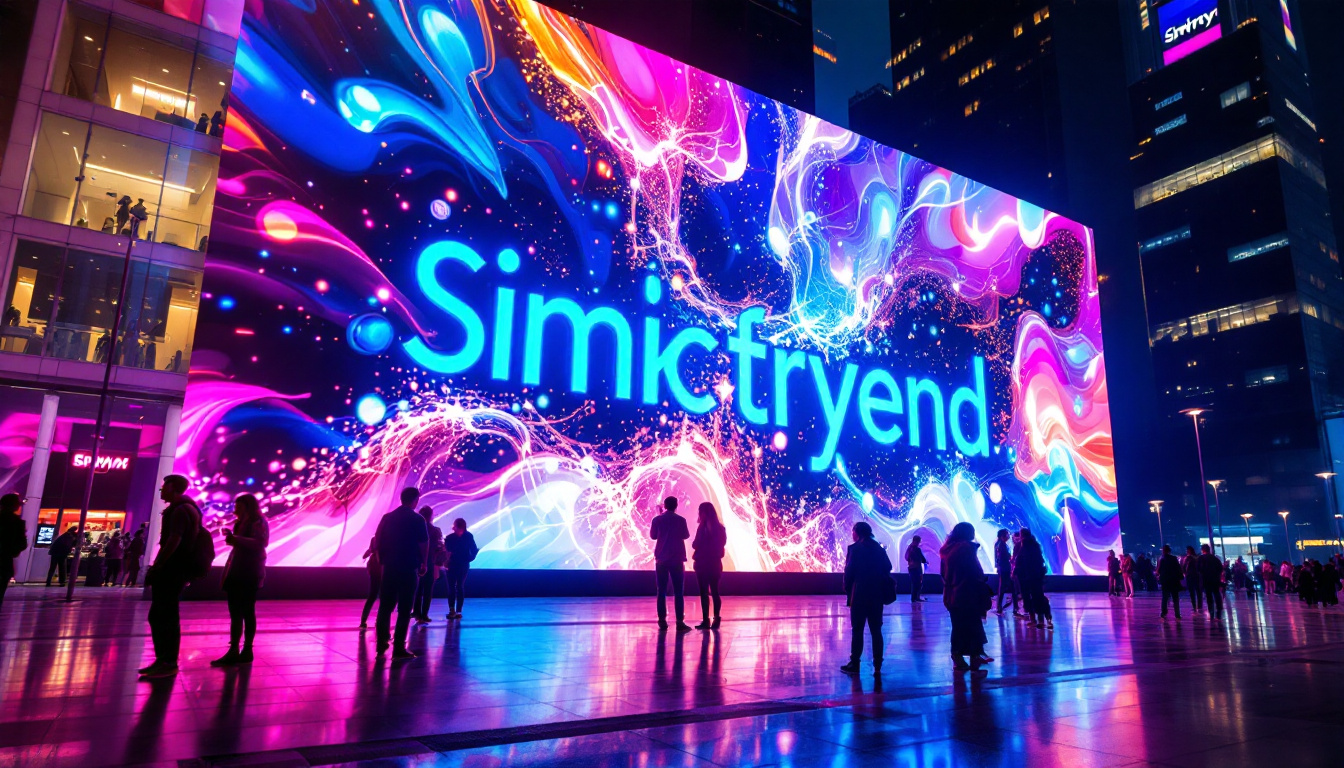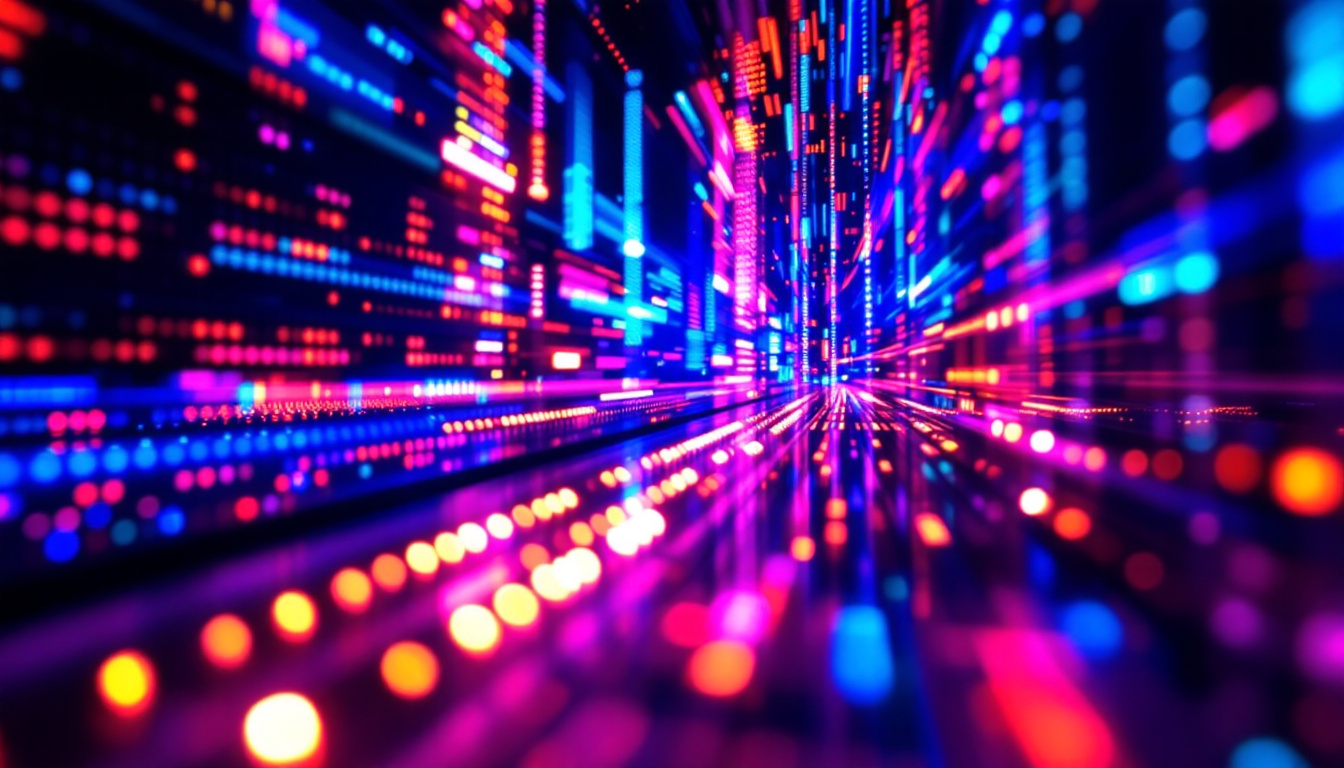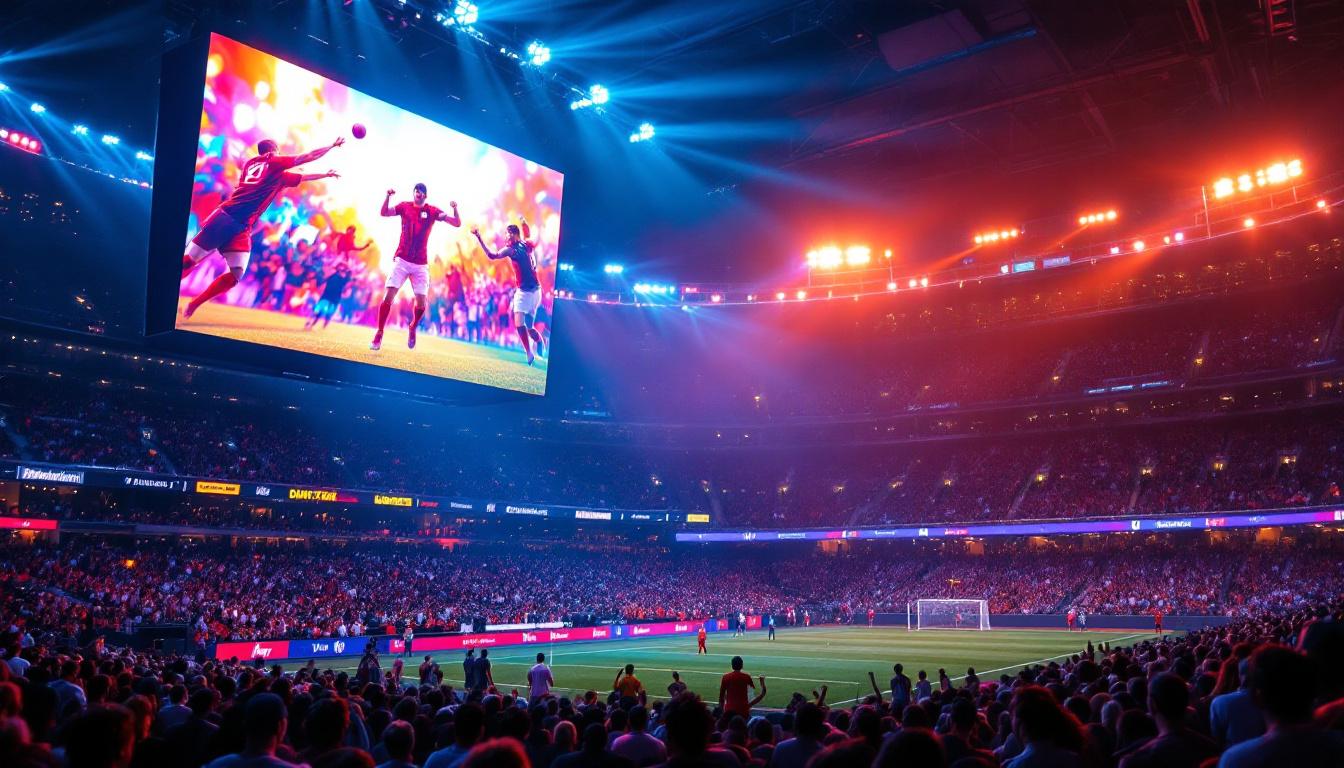In the world of modern events, the use of LED displays has revolutionized the way information is presented and experiences are enhanced. From concerts and trade shows to corporate events and festivals, LED screens have become an essential tool for engaging audiences and creating memorable experiences. This article delves into the intricacies of LED displays, exploring their technology, applications, and the advantages they bring to various events.
Understanding LED Technology
LED, or Light Emitting Diode, technology has advanced significantly over the years, leading to the development of vibrant and versatile displays. At its core, LED technology utilizes semiconductor materials that emit light when an electric current passes through them. This fundamental principle is what powers the stunning visuals seen on LED screens. The evolution of LED technology has not only enhanced the quality of displays but has also contributed to energy efficiency, making it a preferred choice for both consumers and businesses alike.
How LED Displays Work
LED displays consist of numerous tiny diodes that work in unison to create images and videos. These diodes are arranged in a grid format, with each pixel composed of red, green, and blue (RGB) components. By adjusting the intensity of each color, a wide spectrum of hues can be produced, allowing for vivid and dynamic imagery. The precision with which these diodes can be controlled enables the creation of stunning visuals that can be tailored for various applications, from high-definition television broadcasts to intricate digital art installations.
The technology behind LED displays can be categorized into two main types: direct view and rear projection. Direct view LED displays are the most common and are made up of individual LED modules that are assembled to form a larger screen. Rear projection displays, on the other hand, use projectors to display images onto a translucent screen, which can be beneficial in certain environments. Each type has its own advantages, with direct view displays often providing better brightness and contrast, while rear projection systems can be more space-efficient in certain setups.
Types of LED Displays
There are various types of LED displays tailored for different applications. Some of the most popular include:
- Indoor LED Displays: These screens are designed for use in controlled environments, such as conference rooms and theaters. They typically have a higher pixel density, resulting in sharper images viewed from closer distances. The clarity and brightness of indoor LED displays make them ideal for presentations and performances, where visual impact is crucial.
- Outdoor LED Displays: Built to withstand harsh weather conditions, outdoor LED displays are larger and have lower pixel density. They are often used for advertising billboards and large-scale events. These displays are engineered to be highly visible even in direct sunlight, utilizing advanced technology to ensure that colors remain vibrant and details are clear, regardless of the environmental challenges.
- Transparent LED Displays: These innovative screens allow light to pass through, making them ideal for retail displays and architectural applications where visibility is essential. Transparent LED technology opens up new possibilities for creative advertising and immersive experiences, allowing businesses to showcase products while maintaining an open and inviting atmosphere.
Furthermore, the rise of flexible LED displays has introduced a new dimension to the technology. These displays can be bent and shaped to fit various surfaces, enabling unique designs that were previously unattainable. This flexibility allows for innovative applications in both commercial and artistic settings, providing designers with the tools to create eye-catching installations that captivate audiences. As LED technology continues to evolve, we can expect even more groundbreaking developments that will redefine how we interact with visual media.
Applications of LED Displays
LED displays have found their way into a myriad of applications, enhancing the way information is conveyed and experiences are created. Their versatility makes them suitable for various settings, including:
Events and Concerts
In the realm of live events, LED displays are indispensable. They provide a platform for visual storytelling, allowing artists and speakers to connect with their audience on a deeper level. high-resolution screens can display everything from live feeds to intricate graphics, ensuring that even attendees at the back of the venue can enjoy the show.
Moreover, LED displays can be customized to fit any stage design, making them an integral part of the overall aesthetic. Whether it’s a large festival or an intimate concert, these screens can adapt to the event’s theme and enhance the audience’s experience.
Advertising and Marketing
Businesses have embraced LED displays for advertising purposes, utilizing their eye-catching visuals to capture consumer attention. Digital billboards and storefront displays can showcase dynamic content that changes in real-time, allowing for targeted marketing strategies. This flexibility enables brands to promote special offers, events, or new products effectively.
Furthermore, LED displays can be integrated with social media feeds, creating interactive experiences that engage customers and encourage them to share their experiences online. This synergy between digital advertising and social media can significantly amplify brand visibility.
Corporate Presentations
In corporate settings, LED displays are increasingly used for presentations and conferences. They provide a clear and professional medium for showcasing data, videos, and graphics. The ability to display high-quality visuals helps to maintain audience engagement and facilitates better understanding of complex information.
Additionally, LED screens can be used for live streaming events, allowing remote participants to join in real-time. This capability has become particularly important in today’s globalized world, where businesses often operate across different time zones and locations.
Advantages of Using LED Displays
The adoption of LED displays offers numerous advantages that contribute to their popularity across various sectors. Here are some key benefits:
High Visibility and Brightness
One of the standout features of LED displays is their exceptional brightness. Unlike traditional screens, LED displays can maintain visibility even in direct sunlight, making them ideal for outdoor events and advertising. This high visibility ensures that messages are conveyed effectively, regardless of the environment.
Energy Efficiency
LED technology is known for its energy efficiency. Compared to traditional lighting methods, LED displays consume significantly less power, which can lead to substantial cost savings over time. This efficiency not only benefits the environment but also allows event organizers to allocate resources more effectively.
Durability and Longevity
LED displays are built to last. They are resistant to shock and vibration, making them suitable for high-traffic areas and dynamic environments. Additionally, their long lifespan reduces the need for frequent replacements, further enhancing their cost-effectiveness.
Challenges and Considerations
While LED displays offer numerous advantages, there are also challenges and considerations that event organizers should keep in mind when incorporating this technology.
Initial Investment
The initial cost of purchasing or renting LED displays can be significant. For smaller events or businesses, this investment may pose a challenge. However, it is essential to weigh this cost against the potential benefits, such as increased engagement and brand visibility.
Technical Expertise
Operating LED displays requires a certain level of technical expertise. Event organizers must ensure that they have the necessary skills or support to set up and manage the displays effectively. This includes understanding how to program content, troubleshoot issues, and maintain the equipment during the event.
Content Creation
Creating compelling content for LED displays is crucial for maximizing their impact. Event organizers may need to invest in professional design services to ensure that the visuals are engaging and align with the event’s objectives. This additional step can add to the overall project timeline and budget.
Future Trends in LED Display Technology
As technology continues to evolve, so too does the landscape of LED displays. Several trends are emerging that may shape the future of this technology:
Increased Resolution
The demand for higher resolution displays is on the rise. As technology advances, manufacturers are developing LED screens with even smaller pixel pitches, resulting in sharper images and improved viewing experiences. This trend is particularly important for applications where detail is critical, such as in corporate presentations or high-end events.
Integration with Augmented and Virtual Reality
As augmented reality (AR) and virtual reality (VR) technologies gain traction, there is potential for LED displays to integrate with these immersive experiences. This could lead to innovative applications in events, where attendees can interact with digital content in real-time, enhancing engagement and creating unique experiences.
Eco-Friendly Solutions
With growing awareness of environmental issues, there is a push for more sustainable LED display solutions. Manufacturers are exploring ways to reduce the environmental impact of production and disposal, as well as developing energy-efficient models that further minimize power consumption.
Conclusion
LED displays have become a cornerstone of modern events, offering unparalleled opportunities for engagement and communication. Their versatility, high visibility, and energy efficiency make them a preferred choice for a wide range of applications, from concerts to corporate presentations. While there are challenges to consider, the benefits of incorporating LED technology far outweigh the drawbacks.
As advancements continue to shape the future of LED displays, event organizers and businesses must stay informed and adapt to emerging trends. By embracing this technology, they can create captivating experiences that resonate with audiences and leave a lasting impression.
In conclusion, understanding LED displays and their potential is essential for anyone involved in event planning or marketing. With the right approach and creative content, LED screens can transform any event into a visually stunning and memorable experience.
Discover LumenMatrix LED Display Solutions
Ready to elevate your next event with cutting-edge LED display technology? Look no further than LumenMatrix, a leader in innovative LED solutions. From captivating Indoor LED Wall Displays to robust Outdoor LED Wall Displays, and from dynamic Vehicle LED Displays to sleek LED Poster Displays, LumenMatrix offers a comprehensive range of products designed to make your brand shine. Whether you’re in need of an LED Sports Display, Floor LED Display, Custom LED Display, All-in-One LED Display, or LED Transparent Display, LumenMatrix has the tools to revolutionize your visual communication. Don’t miss the opportunity to engage your audience with unparalleled clarity and impact. Check out LumenMatrix LED Display Solutions today and transform your event into an unforgettable visual experience.

